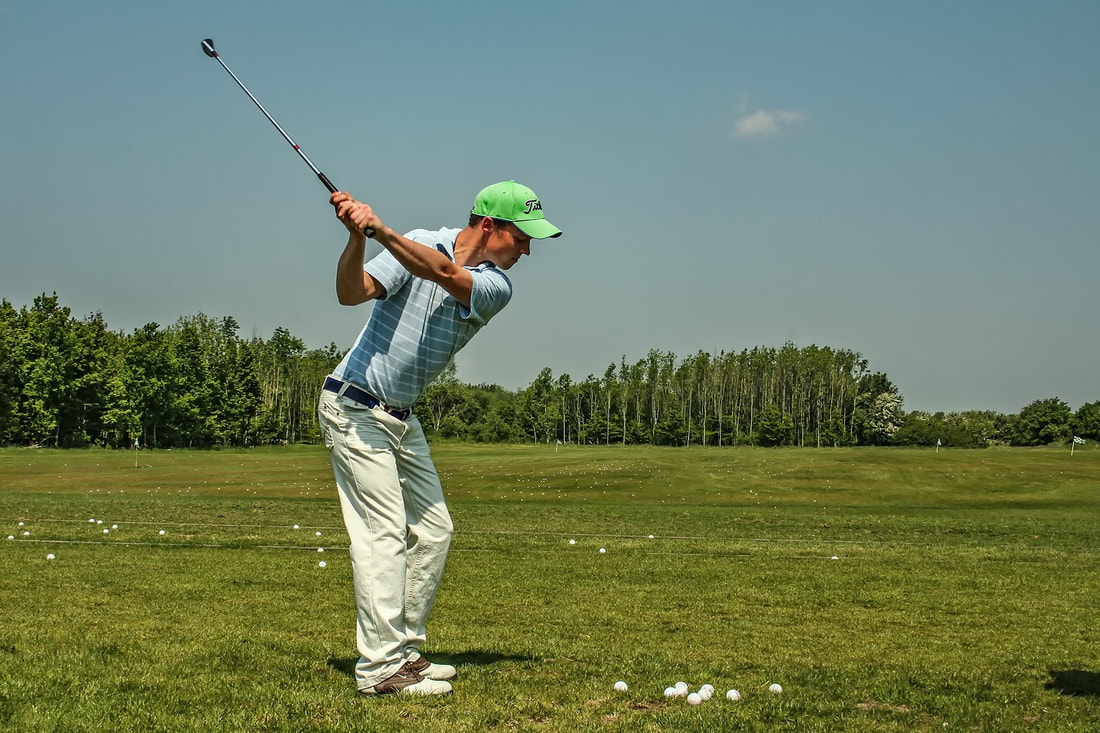Us Aussies love our sports! Keeping active is an essential part of living a healthy, happy life. But whether you love your extreme sports or just enjoy a spot of golf on the weekend, you have a risk of getting injured.
What injuries can occur during sports?
Pretty much every injury you can imagine can happen, depending on the sport you’re involved in. Every single bone, joint, muscle, ligament and tendon that can be injured WILL be injured by someone at some point!
Some of the more common injuries you might come across include:
Just because your sport is “low impact” doesn’t mean it’s risk-free. Any time we move our bodies, there is a small chance of injury. It’s part of life! But the good news is, injuring yourself doesn’t mean you have to suffer through unnecessary pain.
Myotherapy can help with injury recovery
Because myotherapy is all about ‘muscle therapy’, it is fantastic for helping you recover from an acute injury. Here are some of the ways that it might be able to help with your sports injury:
It can help to drain excess fluid and swelling – when we massage and mobilise an area, it increases the lymphatic drainage from the area. That lymphatic drainage is what can help to pull excess fluid away from an injury, which aids with recovery.
It can loosen the muscles around an injured joint – when we are injured, our muscles can tighten up to protect us from further pain. Unfortunately, that’s not so helpful when it comes to recovery. It can keep a weakened joint out of place, and it can strain other muscles that have to compensate.
Working the muscles with myotherapy techniques will loosen them, allowing the joint and other muscles to return to a neutral position.
Taping can help with swelling, pain and proprioception – it’s great to get some bodywork done. But taping can keep working on the injury days after you’ve left the table. Different taping techniques can be applied to reduce swelling and stabilise the injured area.
The most important thing about sports injuries
If you have injured something, remember this: the quicker you get it seen to, the quicker it will heal. If left untreated, you may end up with a chronic injury. And believe me, chronic pain is not something you want to get familiar with.
Once you’re recovered, you can head on back to your beloved sport! But that’s not where it ends – as we’ll discuss next week, myotherapy can be a great supportive treatment for prevention of injury as well.
Been injured while at your favourite sport? It’s best to get it looked after asap. Book in an appointment today, and we’ll get you back into the swing of things quickly.
Pretty much every injury you can imagine can happen, depending on the sport you’re involved in. Every single bone, joint, muscle, ligament and tendon that can be injured WILL be injured by someone at some point!
Some of the more common injuries you might come across include:
- Strains and sprains – often in ankles, wrists, back, shoulders and arms
- Dislocations or partial dislocations of joints – including fingers, shoulders and knees
- Broken bones – you name it! Fingers, toes, ankles, wrists, arms, legs…
- Torn muscles, ligaments or tendons
- Concussions
- Severe bruises from contact
Just because your sport is “low impact” doesn’t mean it’s risk-free. Any time we move our bodies, there is a small chance of injury. It’s part of life! But the good news is, injuring yourself doesn’t mean you have to suffer through unnecessary pain.
Myotherapy can help with injury recovery
Because myotherapy is all about ‘muscle therapy’, it is fantastic for helping you recover from an acute injury. Here are some of the ways that it might be able to help with your sports injury:
It can help to drain excess fluid and swelling – when we massage and mobilise an area, it increases the lymphatic drainage from the area. That lymphatic drainage is what can help to pull excess fluid away from an injury, which aids with recovery.
It can loosen the muscles around an injured joint – when we are injured, our muscles can tighten up to protect us from further pain. Unfortunately, that’s not so helpful when it comes to recovery. It can keep a weakened joint out of place, and it can strain other muscles that have to compensate.
Working the muscles with myotherapy techniques will loosen them, allowing the joint and other muscles to return to a neutral position.
Taping can help with swelling, pain and proprioception – it’s great to get some bodywork done. But taping can keep working on the injury days after you’ve left the table. Different taping techniques can be applied to reduce swelling and stabilise the injured area.
The most important thing about sports injuries
If you have injured something, remember this: the quicker you get it seen to, the quicker it will heal. If left untreated, you may end up with a chronic injury. And believe me, chronic pain is not something you want to get familiar with.
Once you’re recovered, you can head on back to your beloved sport! But that’s not where it ends – as we’ll discuss next week, myotherapy can be a great supportive treatment for prevention of injury as well.
Been injured while at your favourite sport? It’s best to get it looked after asap. Book in an appointment today, and we’ll get you back into the swing of things quickly.
